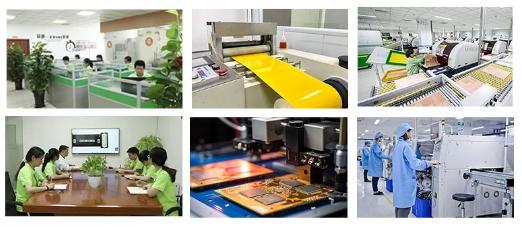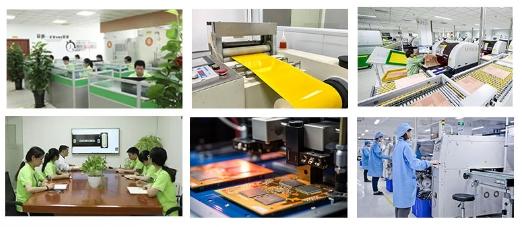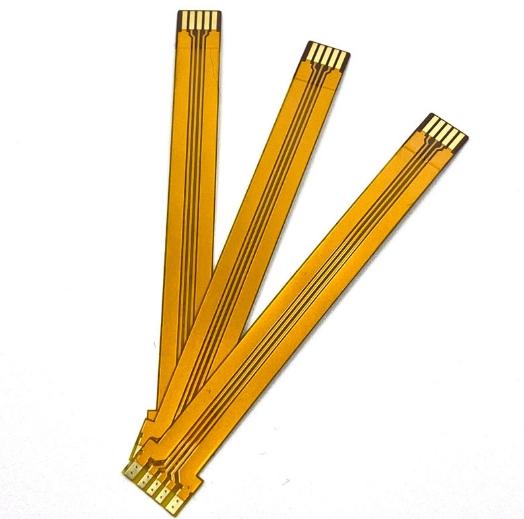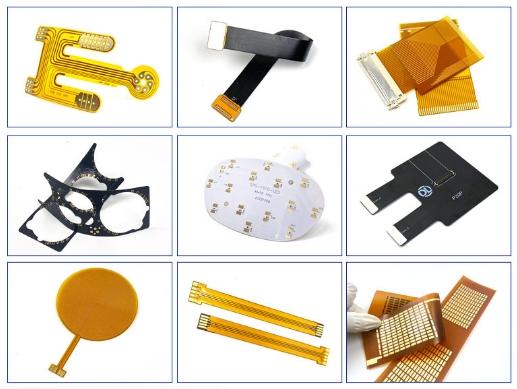The Evolution of PCB: From Rigid to Flexible

In the past, most electronic products relied on traditional rigid PCBs. However, as technology advanced, many products abandoned rigid PCBs due to their inability to bend or twist, leading to the conception of flexible PCBs. This innovation quickly became the preferred choice among professionals in the market.
Comparison of Rigid and Flexible PCBs
While the manufacturing processes for rigid and flexible PCBs are quite similar, they differ significantly in flexibility, softness, and cost. Although the individual cost of flexible PCBs is higher than that of rigid PCBs, the overall project costs using rigid PCBs may exceed those of flexible PCBs.
Key Differences
Flexibility: Flexible PCBs can be easily twisted, bent, or folded, while rigid PCBs are too stiff to provide the flexibility required for certain applications.
Connectivity: Flexible circuits offer better connectivity among various electronic components, circuit boards, and user interfaces within electronic product packaging.
Minimum Weight: Lighter circuit boards result in lighter end products, which is crucial in today's electronics market.
Durability: While rigid printed circuit boards tend to be sturdier and thicker, flexible printed circuit boards are more effective at absorbing vibrations and shocks, making them more reliable with a longer lifespan.
Heat Resistance: Rigid printed circuit boards can be damaged by high temperatures, radiation, or chemicals, whereas flexible printed circuit boards exhibit better heat resistance and can withstand harsh environmental conditions.
Manufacturing Process: Flexible PCBs are manufactured using a process involving a covering layer that protects the circuit from external damage, unlike the solder mask used for rigid PCBs. They are typically made from polyimide, which covers thermoplastic adhesives to provide comprehensive protection.
Material Strength: Rigid printed circuit boards are usually reinforced and have glass-like thickness and strength. In contrast, flexible PCBs use softer substrates, like polyimide.
Protection: Flexible PCBs utilize a circuit covering layer for protection, while rigid PCBs rely on a flame-retardant mask.

When to Use Rigid PCBs vs. Flexible PCBs
Generally, rigid PCBs are less expensive than flexible circuits. However, when considering the total cost, certain applications may find flexible PCBs to be more cost-effective. Flexible circuits can reduce the need for connectors, wiring harnesses, and additional circuit boards, thereby lowering material, labor, assembly, and waste costs. Many electronic devices, such as laptops, desktops, audio keyboards, solid-state drives, flat-screen TVs, monitors, and children's toys, utilize rigid PCBs. Conversely, ultra-compact or high-performance devices, such as GPS units, tablets, smartphones, cameras, and wearables, often use flexible circuits. Not only complex applications use flexible circuits; some low-tech applications, like LED lights, may also benefit from flexible circuit technology under specific conditions, simplifying installation.
In summary, at Gekunflex, we provide comprehensive one-stop PCB solutions, including rigid, flexible, and rigid-flex PCBs, to meet the diverse needs of various industries.

With over a decade of experience in FPC design and manufacturing, Gekunflex boasts a strong R&D engineering team that supports customers and flexible circuit board engineers in schematic analysis and PCB design. We help eliminate electrical design errors while ensuring the quality and reliability of designs. For more information, visit the Gekunflex official website.
- Art
- Causes
- Crafts
- Dance
- Drinks
- Film
- Fitness
- Food
- ເກມ
- Gardening
- Health
- ໜ້າຫລັກ
- Literature
- Music
- Networking
- ອື່ນໆ
- Party
- Religion
- Shopping
- Sports
- Theater
- Wellness



